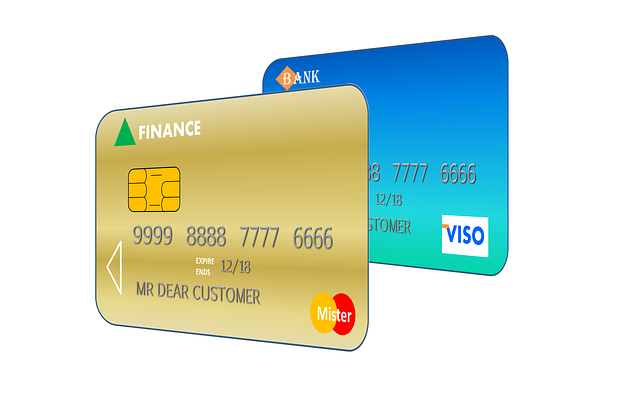High-interest credit card debt is a common but stressful financial issue, characterized by high rates and minimum payment traps. Relief involves strategic steps like balance transfer cards, debt consolidation loans, creditor rate negotiations, and strict budgeting. Assessing your financial situation, gathering documents, and identifying areas for reduction or negotiation is crucial. Communicating openly with lenders and exploring non-profit agencies offering counseling and Debt Management Plans (DMPs) can lead to reduced interest rates and fees. After overcoming the debt, building a robust financial framework through prudent spending, tailored budgeting, automating savings, and pursuing additional income streams ensures long-term success.
“Despite financial setbacks, many find themselves not broken but rather determined to rebuild. This guide explores the diverse options available for those burdened by high-interest credit card debt. We’ll navigate through understanding your current situation, negotiating with creditors, and discovering relief programs offered by non-profit agencies.
Learn how to strategically tackle debt, build a sustainable financial future, and break free from the cycle of high-interest payments. Discover practical steps towards financial recovery and reclaim control over your money.”
- Understanding High-Interest Credit Card Debt
- Assessing Your Financial Situation
- Negotiating with Creditors: A Strategic Approach
- Exploring Debt Relief Programs and Non-Profit Agencies
- Building a Sustainable Financial Future After Debt Relief
Understanding High-Interest Credit Card Debt

Many individuals find themselves in a challenging financial situation due to high-interest credit card debt, which can quickly spiral out of control. This type of debt is characterized by steep interest rates, often starting from 14% and above, making it difficult for borrowers to keep up with minimum payments. As a result, people may fall into a cycle of accruing additional fees and penalties, further worsening their financial burden. High-interest credit card debt relief is a crucial aspect of financial recovery, enabling individuals to regain control over their finances and break free from the stress and anxiety associated with overwhelming debt.
There are several strategies available to alleviate the strain of high-interest credit card debt. One effective approach is to consolidate debt through various methods like balance transfer cards or debt consolidation loans, which offer lower interest rates. Negotiating with creditors for reduced rates or setting up a formal debt management plan can also provide much-needed relief. Additionally, implementing strict budgeting practices and prioritizing payments towards high-interest debts can significantly impact long-term financial health, ensuring individuals no longer feel trapped by their credit card obligations.
Assessing Your Financial Situation
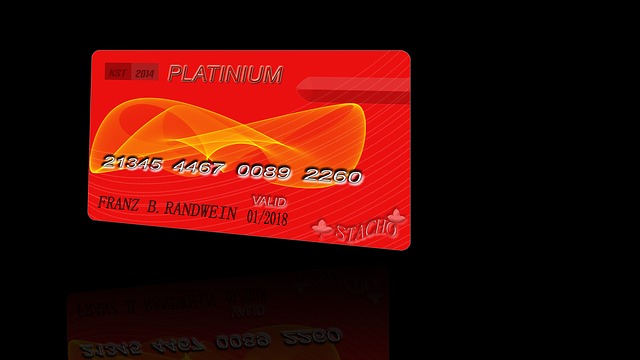
Taking a deep breath, assessing your financial situation is the first step towards overcoming high-interest credit card debt. Start by gathering all your financial information – income statements, bank statements, and details on all debts, including credit cards, loans, and mortgages. This will give you a clear picture of where you stand financially.
Identify areas where you can cut back or negotiate better terms with lenders. Consider negotiating lower interest rates, making larger payments than the minimum due, or exploring debt consolidation options to simplify your repayment process. Remember, acknowledging your situation is empowering—it’s the first step towards financial freedom and relief from high-interest credit card debt.
Negotiating with Creditors: A Strategic Approach
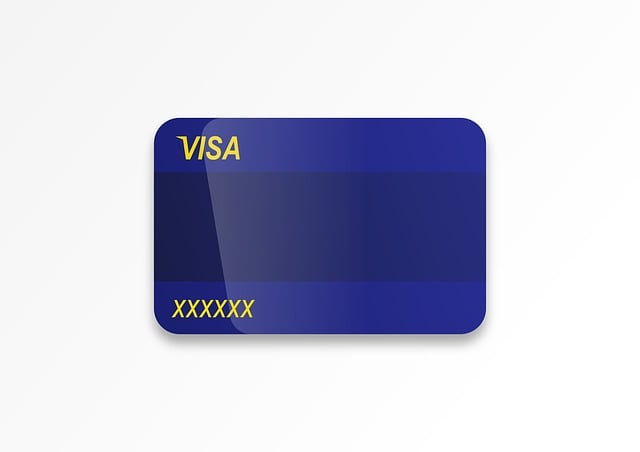
Many people find themselves burdened by high-interest credit card debt, but there’s a strategic approach to alleviating this financial strain: negotiating with creditors. The key is open communication and a well-planned strategy. By initiating a conversation with your lenders, you can explore various options tailored to your unique situation.
When negotiating, be prepared with a clear understanding of your financial constraints and the specific areas where relief is needed. Creditors often have latitude in offering arrangements like lower interest rates, extended repayment terms, or even partial debt forgiveness. Demonstrating a willingness to adhere to agreed-upon terms can foster goodwill and increase the likelihood of securing favorable conditions for managing your high-interest credit card debt relief.
Exploring Debt Relief Programs and Non-Profit Agencies
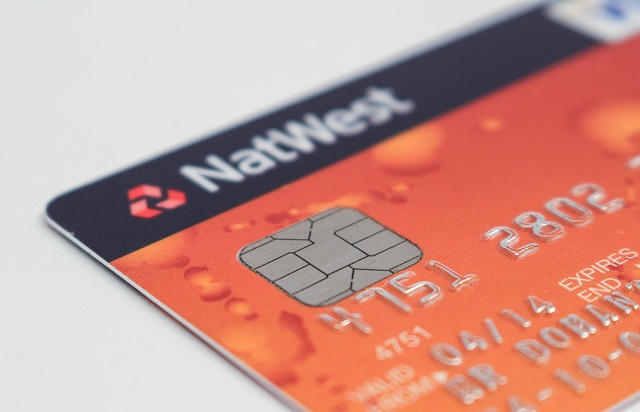
Many individuals struggling with high interest credit card debt find hope in exploring various debt relief programs and non-profit agencies designed to assist them. These organizations offer a range of services, from counseling and education on financial management to negotiating with creditors for reduced interest rates or fees. One popular option is to enroll in a debt management plan (DMP), where a trained counselor helps create a budget tailored to your needs and negotiates with lenders on your behalf.
Non-profit agencies often provide these services at little to no cost, ensuring financial stability without adding to existing debt burdens. They can help navigate complex financial situations, offer strategies for paying off debts more efficiently, and even advocate for fair treatment from creditors. Whether through a DMP or other assistance programs, exploring these avenues could be a crucial step towards overcoming high interest credit card debt and regaining financial control.
Building a Sustainable Financial Future After Debt Relief
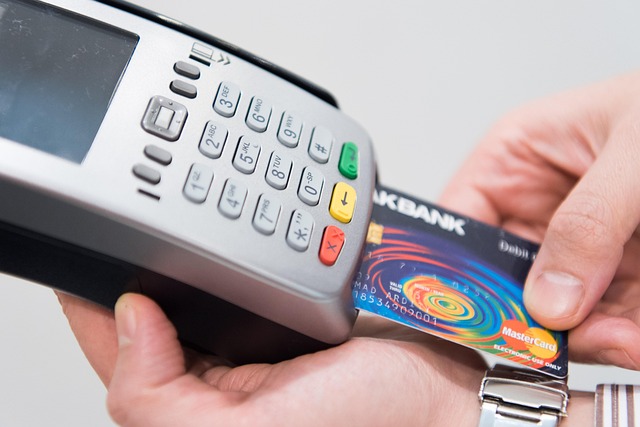
After successfully navigating high-interest credit card debt relief, the focus shifts to building a solid financial foundation for the future. This involves adopting responsible spending habits and creating a realistic budget that allows for savings. It’s essential to allocate funds for emergencies, short-term goals, and long-term investments. One effective strategy is to break down large expenses into smaller, manageable payments, ensuring financial stability without accumulating new debt.
Additionally, exploring options like automating savings, reducing non-essential costs, and seeking opportunities for increased income can accelerate progress. Regularly reviewing and adjusting budgets ensures that financial goals remain within reach. This proactive approach fosters a sense of control and empowers individuals to make informed decisions, ultimately leading to a sustainable and secure financial future.
While high-interest credit card debt can feel overwhelming, there are numerous avenues for relief. By understanding your financial situation, strategically negotiating with creditors, exploring debt relief programs and non-profit agencies, and adopting sustainable financial practices moving forward, individuals can break free from the burden of high-interest credit card debt and build a brighter financial future. Remember, seeking help is not a sign of weakness; it’s a proactive step towards reclaiming control over your finances.

